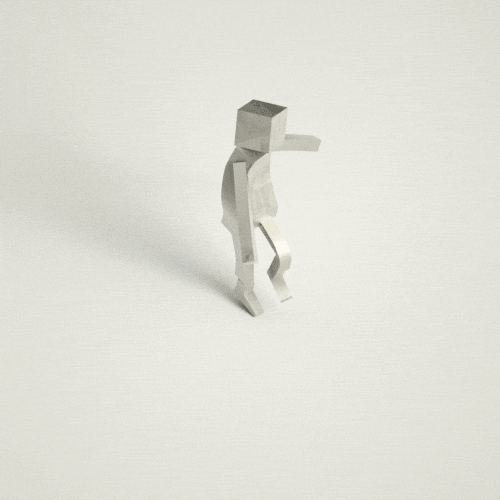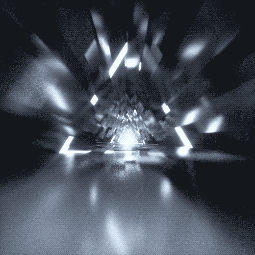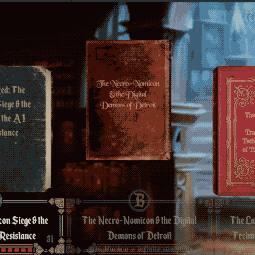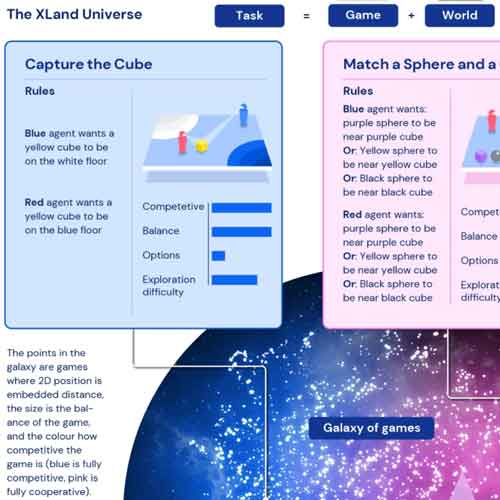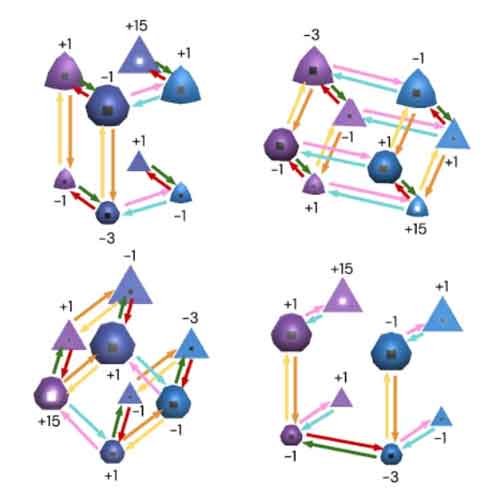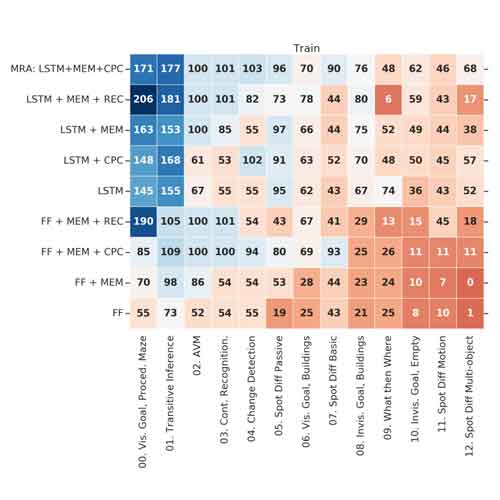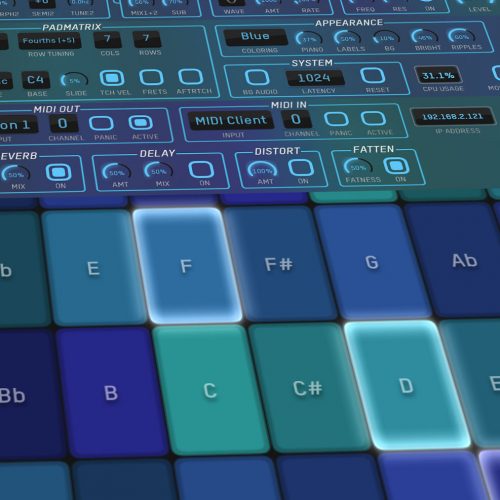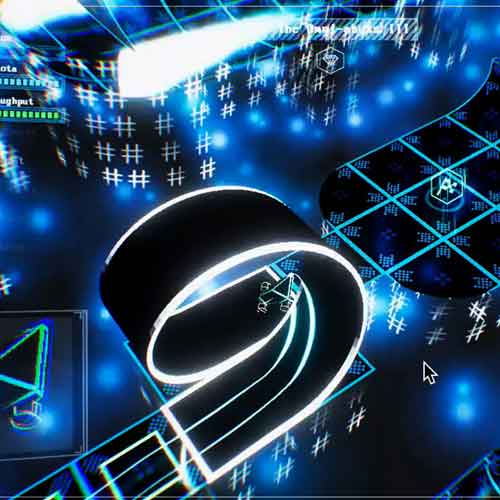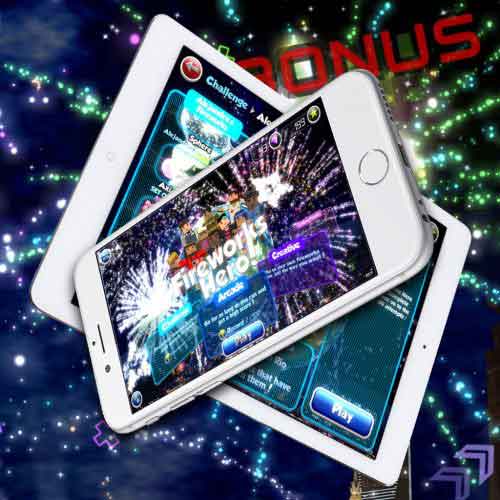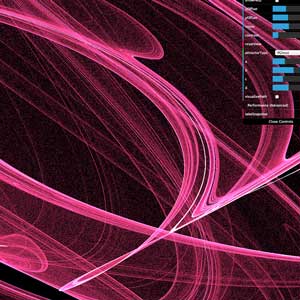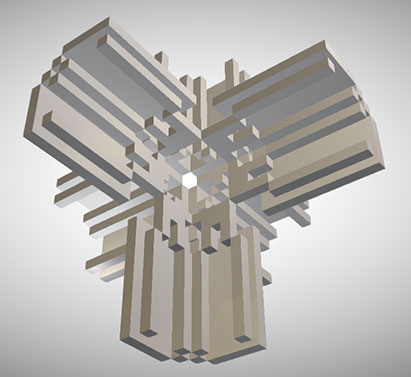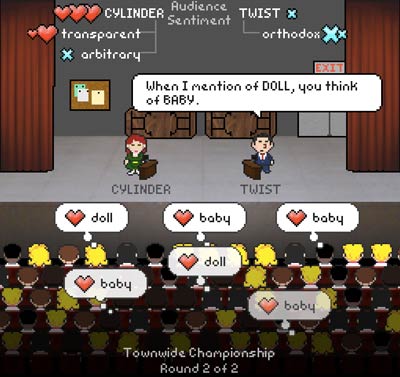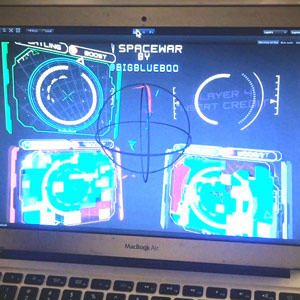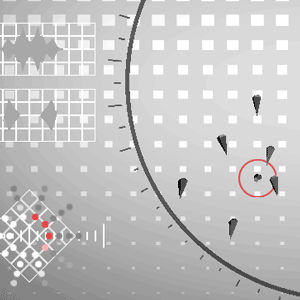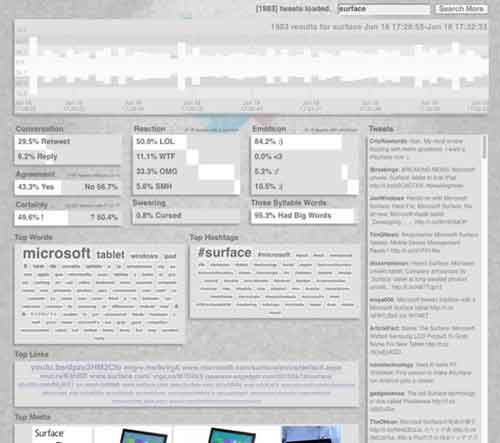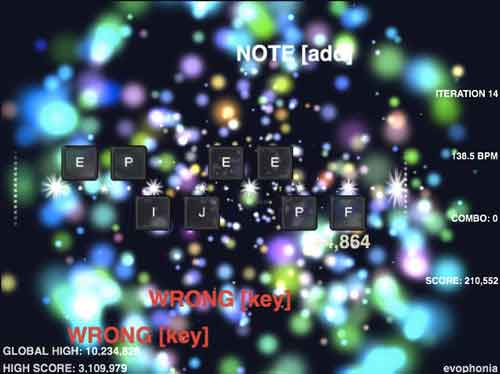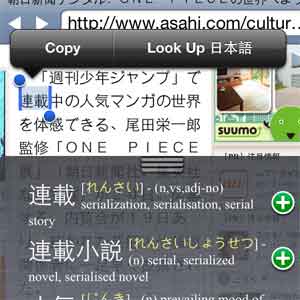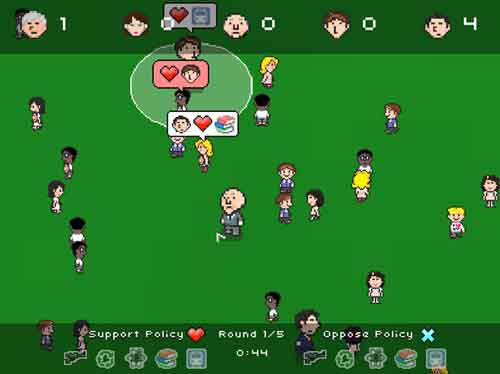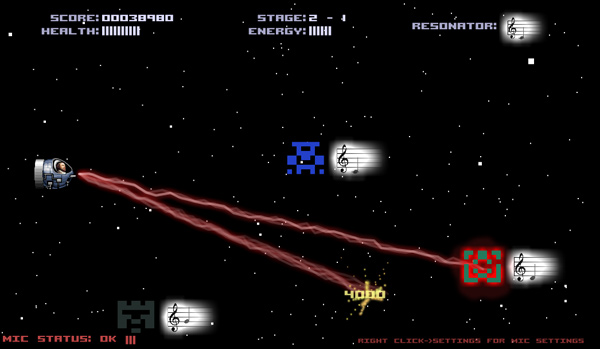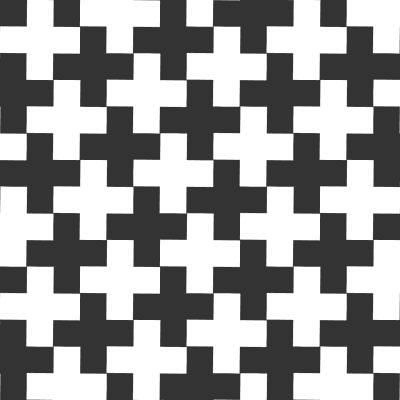
Current role. I'm a designer and engineer on Google DeepMind’s AI experience team, where I build tools, prototype, and survey research for transformative AI.
I'm currently leading demos across engineering and research teams working on generative AI, aligning research and tech strategy to accelerate DeepMind’s research agenda. I'm also an active advocate for the inclusive and collaborative working environment necessary for our ambitious mission.
Past work. Pre-DeepMind, I reached millions of users as I independently created a variety of products across mobile, web, and desktop platforms.
I chased interesting problems, tackling novel UX and design challenges. I created every aspect of the resulting products.
The result was a diverse corpus consisting of creative apps, off-beat games, and interactive art pieces. Some are commercial releases; others are experiments.
